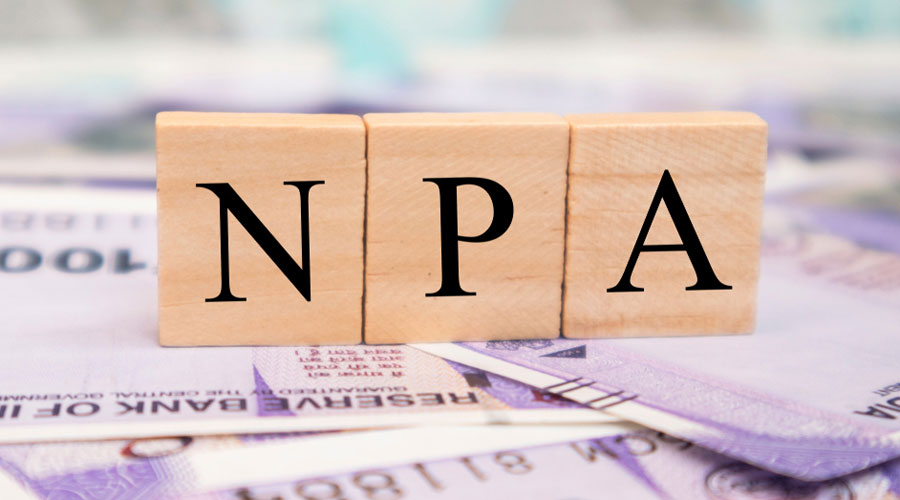The domestic banking sector could be staring at a spike in their bad loans this fiscal as indicated by the stress tests of the RBI. The central bank on Friday projected the gross non-performing assets (GNPA) ratio of banks may rise to 14.7 per cent by March 2021, which is a 21-year high.
The asset quality of banks is expected to be stable during the first quarter of this fiscal, thanks to the moratorium and the pause on asset classification for such accounts.
Though a couple of private sector banks have reported that fewer customers (in terms value) were opting for the moratorium, the fear is that bad loans could rise in the second half once this relief ends.
The RBI on Friday released the Financial Stability Report (FSR), a bi-annual note that reflects the collective assessment of the sub-committee of the Financial Stability and Development Council (FSDC) on risks to financial stability
RBI governor Shaktikanta Das said in the foreword that the country’s financial system is sound and lenders should not be too risk averse during the Covid-19 pandemic and beyond. He added that the top priority for banks and financial intermediaries should be to augment capital levels and improve resilience.
“In the evolving milieu, while risk management has to be prudent, extreme risk aversion would have adverse outcomes for all,” Das said.
However, the report projected that the asset quality of the banking sector could deteriorate this fiscal.
The report was, however, quick to add that the impact of the moratorium was still uncertain and evolving.
However, stress tests conducted by the RBI indicate that the GNPA ratio of all banks may increase from 8.5 per cent in March 2020 to 12.5 per cent by March 2021 under the baseline scenario. It added that if the macro-economic environment worsens further, the ratio may escalate to 14.7 per cent under the very severely stressed scenario.
Among the bank groups, the public sector banks’ GNPA ratio of 11.3 per cent in March 2020 may increase to 15.2 per cent by March 2021 under the baseline scenario, while private banks and foreign lenders may see this number increasing from 4.2 per cent and 2.3 per cent to 7.3 per cent and 3.9 per cent, respectively, over the same period.
With bad loans rising, RBI said that the system level capital adequacy ratio is projected to drop from 14.6 per cent in March 2020 to 13.3 per cent in March 2021 under the baseline scenario and to 11.8 per cent under the very severe stress scenario. The stress test results also indicated that, five banks may fail to meet the minimum capital level by March 2021 in a very severe stress scenario.










